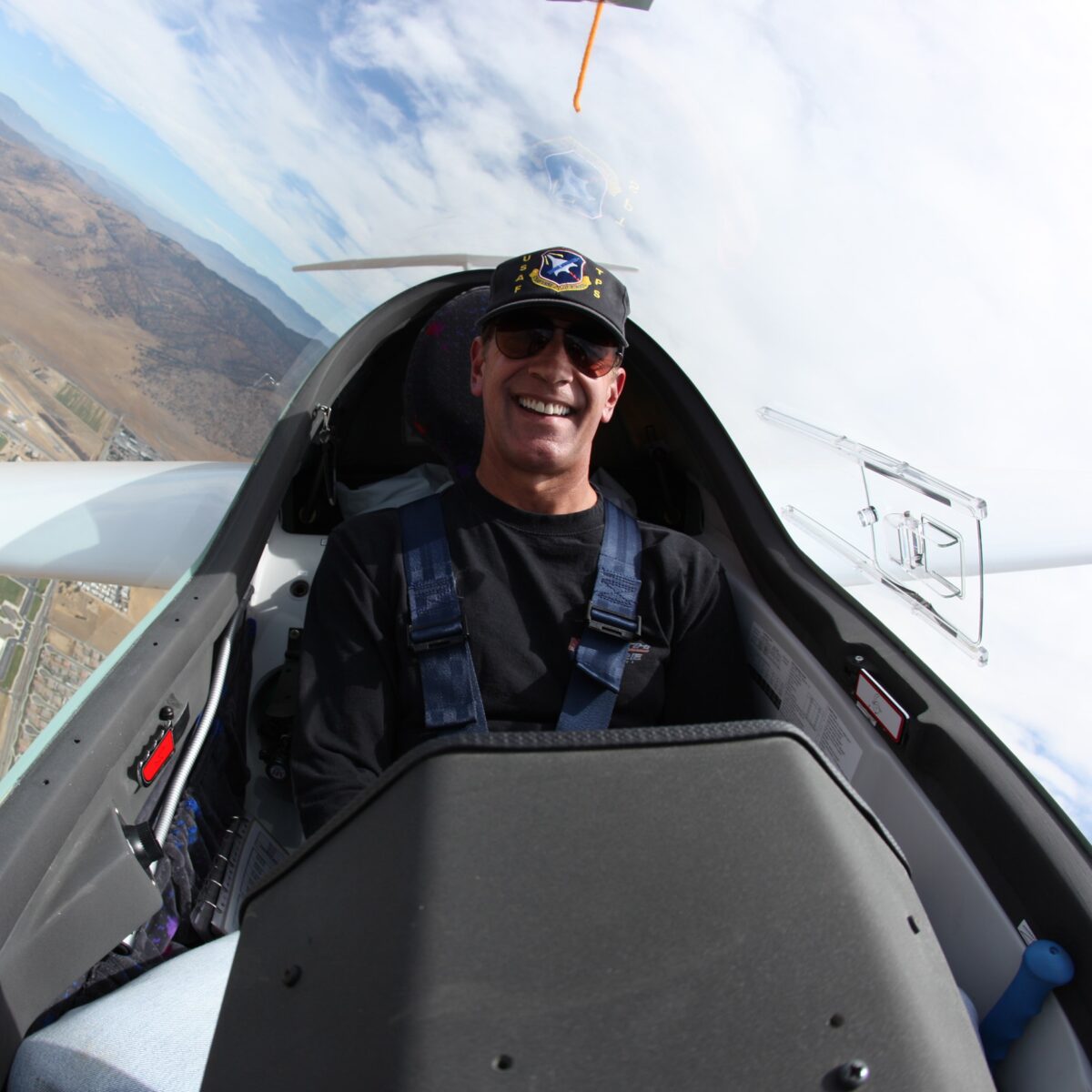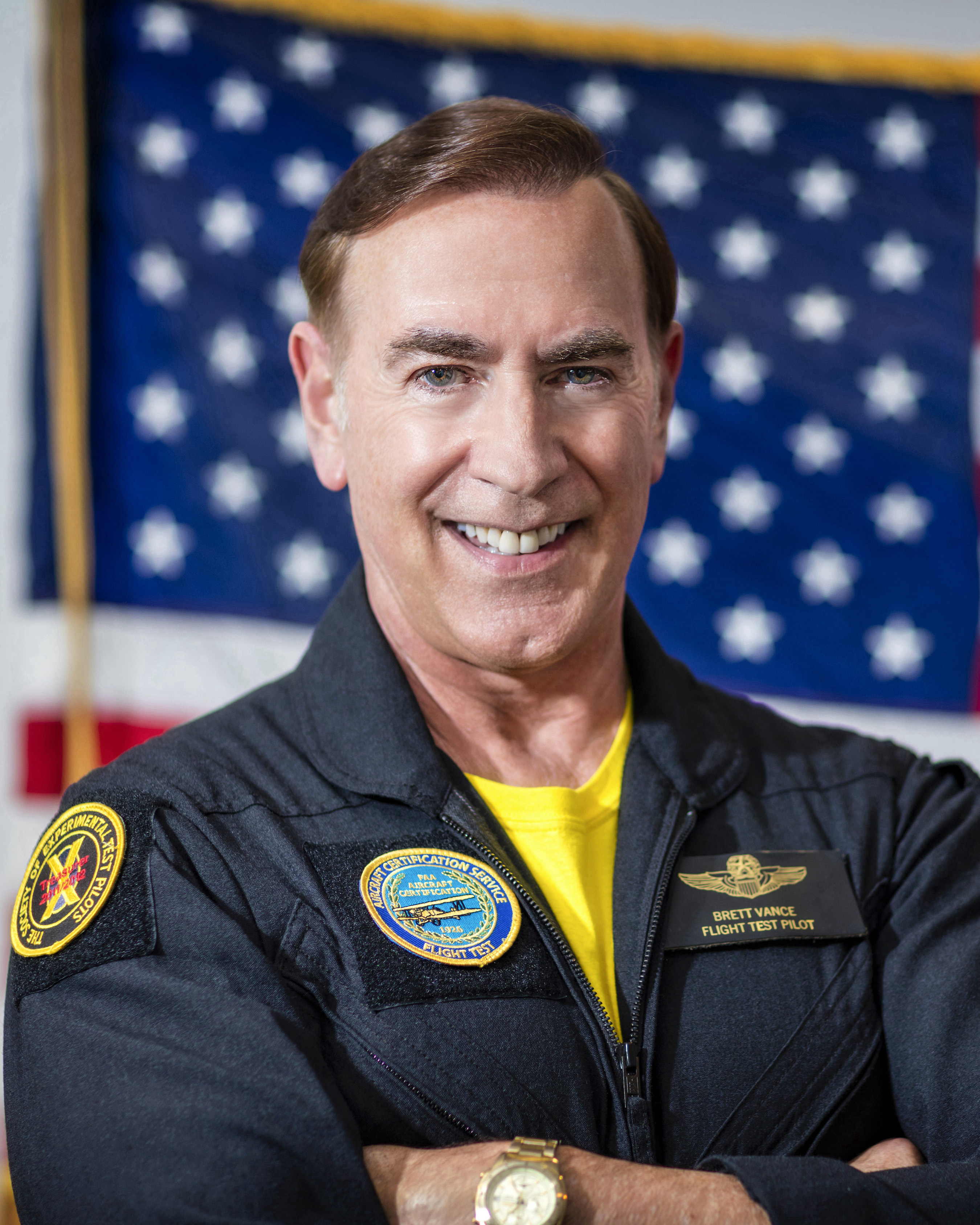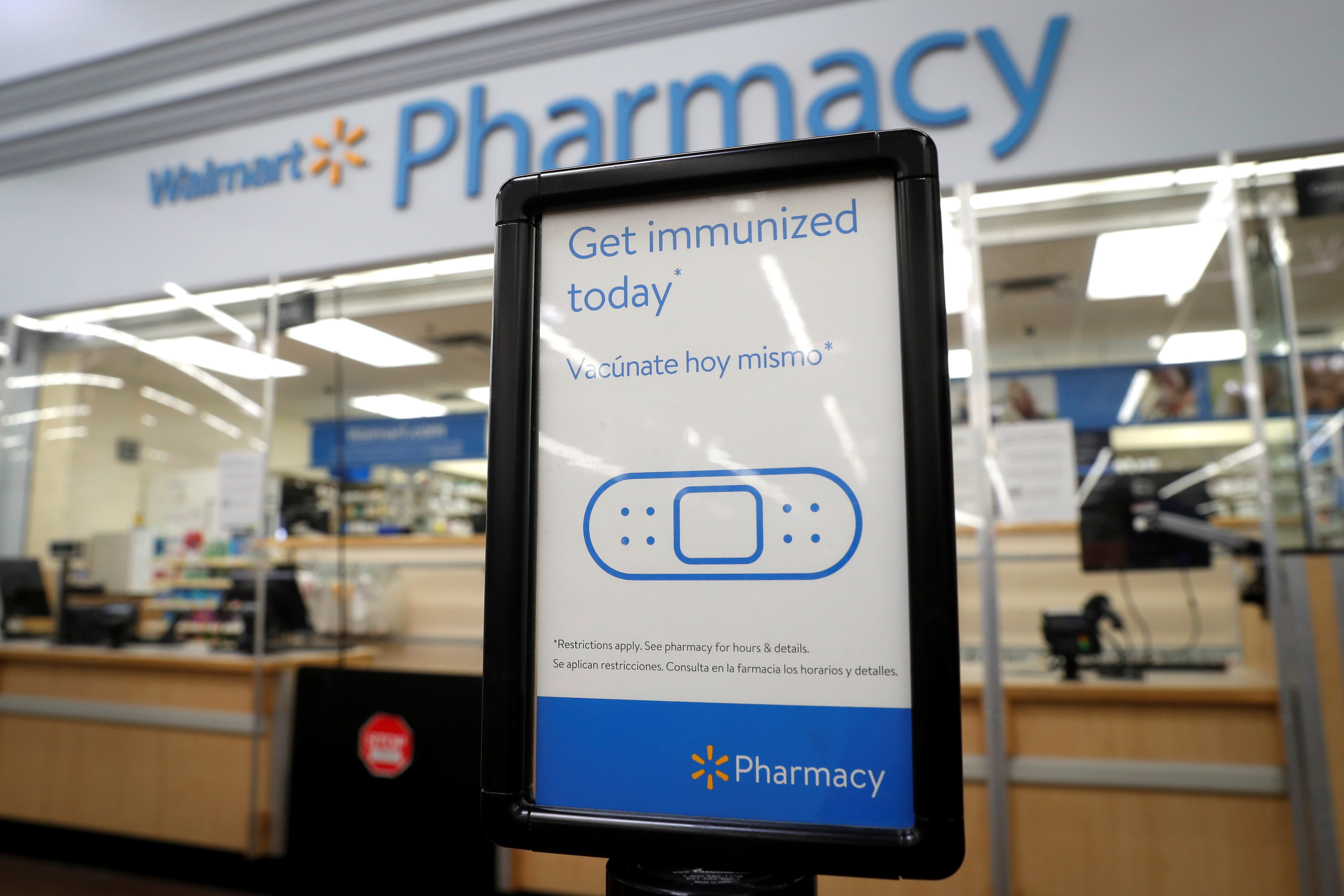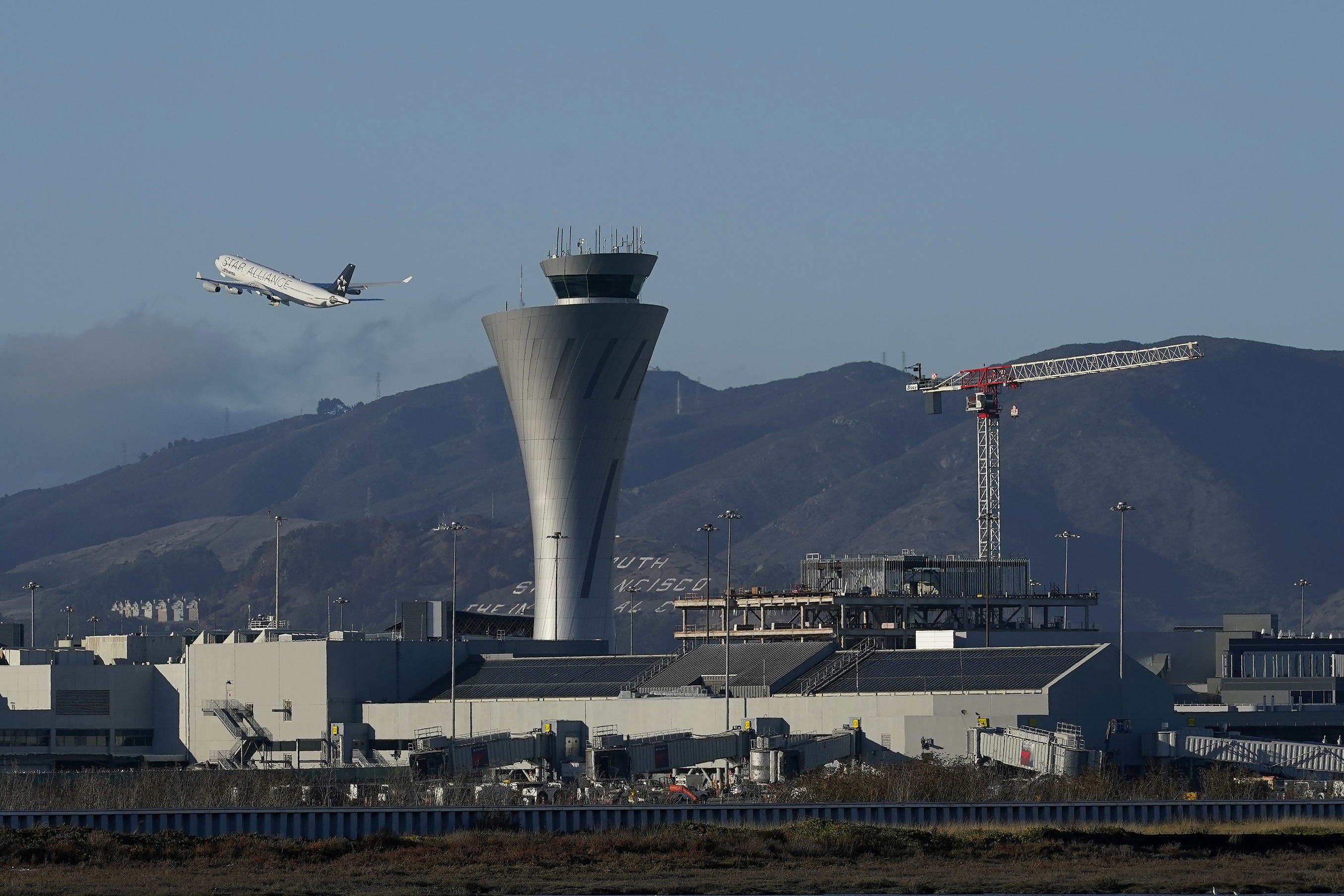


American aviation safety seems to be teetering on “a knife’s edge,” as one veteran airline pilot puts it. Usually an unflappable bunch, a half-dozen pilots told The Epoch Times they are increasingly troubled over the state of aviation.
Although 14 years have passed since the last fatal U.S. commercial airliner accident, pilots point to a cluster of near-misses. Those are particularly disturbing considering the chaotic climate in which they occurred.
As the COVID-19 pandemic retreated and travel ramped up, embarrassing computer failures played havoc with flight schedules. At the same time, the industry continues to suffer from the ripple effects of federal COVID-shot mandates and other government policy changes.
A female pilot said that well-trained, quick-thinking pilots have repeatedly staved off disasters, adding, “We are at the precipice. If we make the wrong choice–if we continue to allow technology to degrade and lack of experience to fill these seats–we’re looking at a safety disaster.”
She and several other airline pilots granted interviews on condition of anonymity to protect their jobs. Five male pilots agree with the female pilot’s assessment. One of them is Brett Vance, a former Federal Aviation Administration (FAA) test pilot who has also flown for the U.S. military and a major commercial airline.
“Until recently, we have had the finest National Airspace safety system in the entire world,” Vance said. “All of a sudden … since the rollout of the COVID shot, some things have started to go downhill significantly.”
Citing “recent events,” the FAA announced on Feb. 14 that it would convene a safety summit in March to preserve the nation’s air-travel safety record. Vance thinks this step should have been taken sooner.
The effectiveness of the FAA’s effort will hinge mainly on two things, Vance and other pilots say: Who is hand-picked to serve on the panel and whether any topics will be off-limits.
For the interviewed pilots, COVID-related questions are of primary concern; some worry that the FAA might shut down much-needed discussion of those issues because they’re politically charged.
The Biden administration’s 2021 COVID vaccine mandate for federal contractors applied to many airline employees. Balking at the mandate, scores of older, experienced air-traffic controllers opted to retire. Vance was among those who quit after facing a “jab-or-job” ultimatum.
After recovering from the COVID-induced air travel slump, airlines have gone on a hiring binge, notes Airlines for America, an advocacy group.
“Every day, more than 750,000 workers in America make our industry go,” the group said in a TV commercial that aired during the Super Bowl. “Last year alone, airlines helped 50,000 new careers take flight … And we’re still hiring.”
The world’s largest pilots union, the Air Line Pilots Association International (ALPA), says there is no shortage of pilots, challenging others’ repeated assertions.
ALPA reported last August, that nearly 9,000 new pilots were certified in a year, adding, “the union’s seven largest passenger carriers have more pilots and conduct less flying than they did before the pandemic.”
Pilots say there’s a downside to that glut of new hires, however: They will likely lack the on-the-job experience to help them figure out how to respond in a crisis.
Pilots said many veteran aviation employees are dealing with health problems that may be related to aftereffects of the virus itself of the COVID shots.
However, the FAA recently told Sen. Ron Johnson (R-Wis.) that it knew of only four possible vaccine-injured pilots who were “active.”
That response prompted Johnson to accuse the FAA of “turning a blind eye” to possible vaccine-induced health problems among pilots.
Naming five pilots with suspected vaccine-related issues, Johnson asked the FAA what steps it had taken to investigate. The agency listed no specific actions in its Feb. 10 response to Johnson.
Instead, the FAA said the Centers for Disease Control and Prevention (CDC) oversees “tracking and follow-up of suspected vaccine adverse events.”
But, in the aftermath of COVID shots or illnesses, both known to cause lingering effects, Vance and others think the risk of a pilot dying suddenly is now more elevated.
That’s especially problematic, some say, in light of a recent FAA health-standard change that could allow pilots’ heart issues to slip past.
Late last year, the agency broadened an acceptable range of an electrocardiogram reading for pilots during their required physical exams. Thus, pilots who would have been flagged for additional heart tests can now be cleared to fly, as The Epoch Times reported recently.
“You don’t want pilots that are incapacitated because of their vaccine status–and you lose an airplane,” said an ex-military pilot who now works for a commercial airline. “But that’s the elephant in the room that nobody’s talking about.”
The FAA initially gave no justification for widening the “PR interval” on pilots’ EKGs, which measures how long it takes for an electrical impulse to travel from one part of the heart to another.
When questioned last month about the revised EKG standard, the FAA issued only a general statement, saying it “follows standard processes based on data and science” when changing medical requirements and guidance.
In an email to The Epoch Times, the agency also said: “The FAA’s Federal Air Surgeon determined that pilots and air traffic controllers can safely receive the Pfizer, Moderna, Johnson & Johnson, or Novavax vaccine.”
Many people in aviation question why the FAA gave the green light to pilot vaccinations in the first place; they doubt studies on the shots were explicitly done in aviation settings. Pilots’ bodies undergo extraordinary stresses. Those include changes in altitude, air pressure, and oxygen, along with bursts of intense tasks.
“So, the issue is: If this person has a cardiac event, you know, on what we call a high gain task, such as takeoff, which is a really, really busy period,” Vance said. He said that a surge of adrenaline or other factors could cause undetected COVID-related heart damage to trigger an abnormal heartbeat.
“That’s when the ‘died suddenly’ incident can happen–just like that,” Vance said.
Asked about such concerns, the FAA has responded that it “has no evidence of aircraft accidents or incapacitations caused by pilots suffering medical complications associated with COVID-19 vaccines.”
Critics allege that the FAA lacks such evidence because the agency has refused to look for it. Vance and other pilots can rattle off examples of pilots with suspected vaccine-related issues; some are on the list of the five pilots Johnson asked the FAA to address.
If a vaccine-related health emergency were to strike a pilot and cause an accident, investigators would likely dismiss the cause as “just had a stroke or a heart attack, and it couldn’t possibly be related to the vaccines,” said one pilot.
He then cited a grim reality: Any evidence of a vaccine-related cause would be concealed if bodies are destroyed in wreckage.
Even before COVID hit, the airline industry was grappling with issues that came to a head only in recent months.
Southwest Airlines has acknowledged that organizational problems and an outdated computer system contributed to its infamous December “meltdown,” which resulted in more than 16,000 flights canceled, affecting millions of people in the wake of a winter storm.
Last month, the FAA admitted that its decades-old Notice to Air Missions (NOTAM) computer failed after a contractor made a mistake, causing all U.S. air travel to be shut down for two hours on Jan. 11. About 11,000 flights were affected.
At a U.S. Senate hearing that examined the NOTAM failure, several senators claimed that the FAA has been overly absorbed with promoting workforce “diversity and inclusion.” The senators alleged this is an obsession, and it has distracted the FAA from essential tasks such as updating its computer systems.
Pilots who work in the airline industry concur. They have been trying to sound the alarm for months. As the Epoch Times reported in August 2022, pilots and flight attendants say corporate initiatives and government policies give preferential treatment to people with “minority” ethnic, racial, gender identity, and sexual orientation traits.
“They’re trying to shove them through the system … the quality is just not there like we used to have,” one pilot said.
As a result, pilots say they now more frequently ask air-traffic controllers to repeat themselves because their on-air pronunciation is poor. Their communications cannot be understood.
Vance is concerned about such reports.
“When a pilot will go out of his or her way to say that, something bad is happening,” Vance said, “because, usually, we don’t even think about that kind of stuff.”
He wonders how many thousands of fellow pilots are experiencing these difficulties.
“We’re just a ticking time bomb, in my opinion,” Vance said, mainly because of the air-traffic control snafus and the increased likelihood of pilots suffering a sudden cardiac event during takeoffs or landings.
“If we have one accident caused by any of this, I think our National Airspace System may grind to a halt,” he said.
Any such stoppage could linger way longer than the two-day civilian air travel pause after the World Trade Center terrorist attacks of Sept. 11, 2001.
The impact of a prolonged shutdown would be huge, Vance said, considering that much of the U.S. economy depends on air travel to get people and goods from one place to another.
“And there goes your country,” Vance said.
Pilots and flight attendants complain that they are forced to undergo corporate “diversity, equity, and inclusion” (DEI) training. Lessons may include the importance of using preferred pronouns for a transgender person or avoiding gender-related words such as “airmen.”
Such issues are irrelevant to operating a flight safely and efficiently, said one pilot, adding, “We’ve lost our focus from what’s important.”
Another pilot points out that airline safety improvements are often “written in blood” after people lose their lives.
After Colgan Air flight 3407 crashed near Buffalo, New York, in 2009, multiple new regulations were enacted. Those included a rule requiring 1,500 hours of flight time, rather than just 250 hours, for anyone to qualify as a co-pilot on a commercial airliner.
But there is debate over whether that rule enhanced safety because “people spend years getting flight experience in areas not necessarily associated with flying commercial aircraft in a complex system, and end up entering that system unprepared,” Forbes magazine reported last year.
Some airlines now allow a newly minted pilot to “hold a captain’s seat inside of one year,” one pilot said. “He’ll hit the line with less than a year’s experience and be flying alongside brand-new pilots. That’s the scary scenario.”
Several pilots remain hopeful that the FAA can take meaningful steps to avoid a potential disaster.
Actions of pilots and air-traffic controllers are under scrutiny in a trio of recent near-misses that have drawn attention from Sen. Ted Cruz (R-Texas) and other lawmakers.
An aviation publication, The Air Current, earlier this month detailed several recent “close calls.”
On Dec. 18, a United Airlines flight took a steep dive, coming within 800 feet of the Pacific Ocean shortly after takeoff in stormy weather at Maui, Hawaii’s Kahului Airport.
On Jan. 13, jets from Delta and American airlines came within 1,400 feet of colliding on the runway at John F. Kennedy International Airport in New York.
And, on Feb. 4, there was an even scarier incident in Cruz’s home state of Texas. A FedEx Freightliner had been cleared to land at Austin-Bergstrom International Airport. Visibility was poor. The FedEx plane descended within 100 feet of a Southwest Airlines plane rolling along that same runway.
“If you were sitting on that Southwest flight, and you knew how close you came to having a plane landed on top of you, killing every person on that plane, you would understandably be horrified,” Cruz said during a Feb. 15 Senate hearing focusing on FAA operations.
Cruz asked FAA Acting Administrator Billy Nolen: “How can this happen? How did air traffic control direct one plane onto the runway to take off and another plane to land and have them both within 100 feet of each other? And what can we do to make sure that doesn’t happen again?”‘
Runway incursions, the “incorrect presence of an aircraft, vehicle or person” in a takeoff or landing area, are frequent.
According to FAA figures, U.S. airports have averaged about 1,700 incursions yearly.
Nolen told Cruz: “When we think about the controls, how we train both our controllers and our pilots, the system works” as intended; swift action averted “a horrific outcome.”




